Capt. Jas.
58 Cal.
- Joined
- Aug 19, 2005
- Messages
- 3,047
- Reaction score
- 1,349
This is an English piece by Joseph Heylin of London. The silver is by John King of London, hallmarked 1767. The barrel is by Eudal Pous of Barcelona. I have only found reference to him in a 1780's English book as being a desirous barrel maker.
Does anyone have any further information on Eudal Pous of Barcelona and the dates he worked?
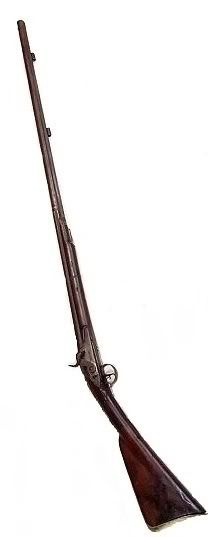

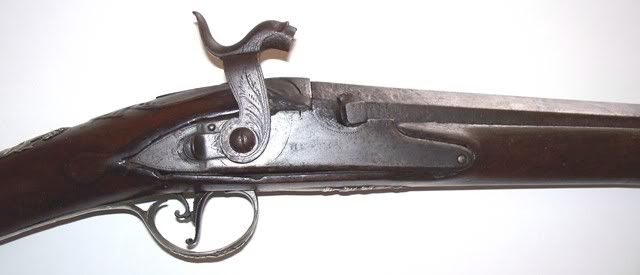
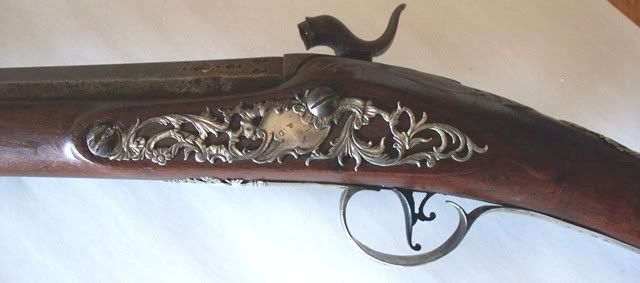
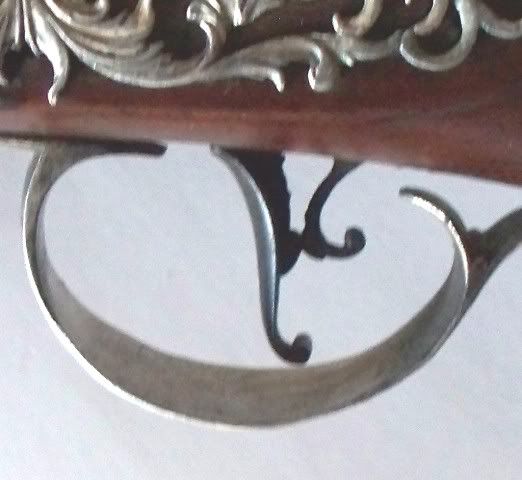
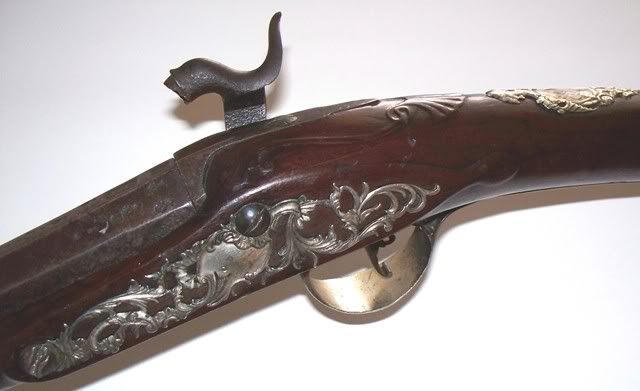

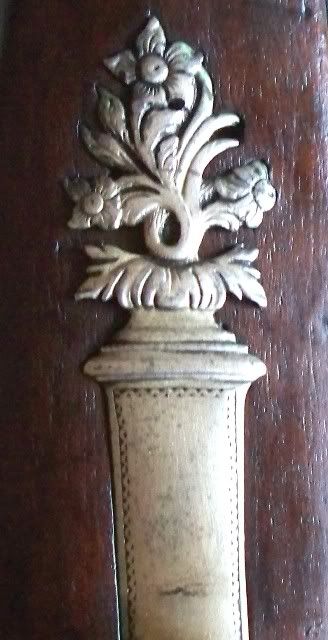
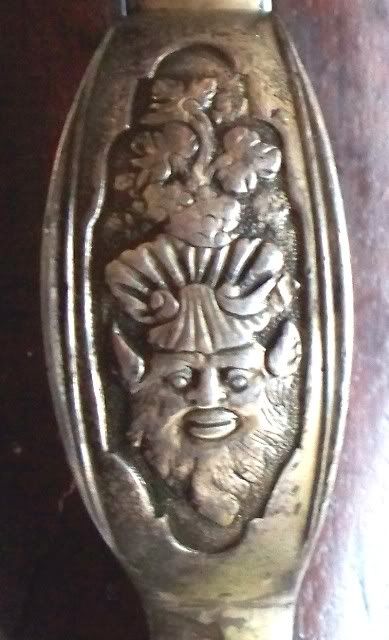
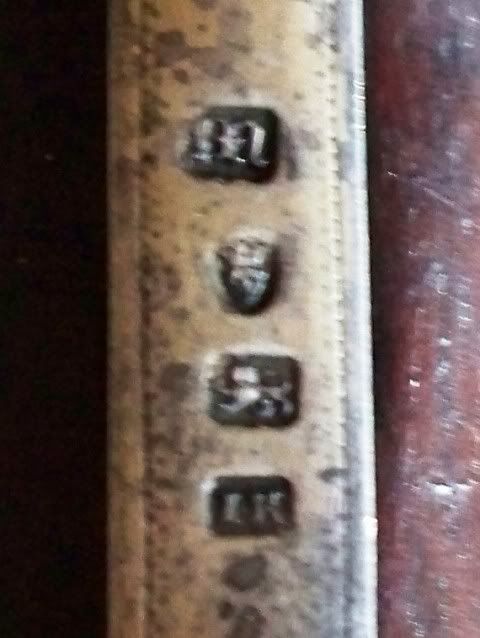

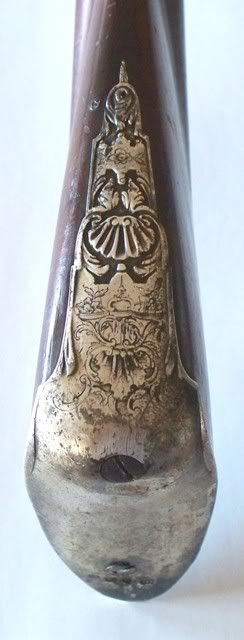
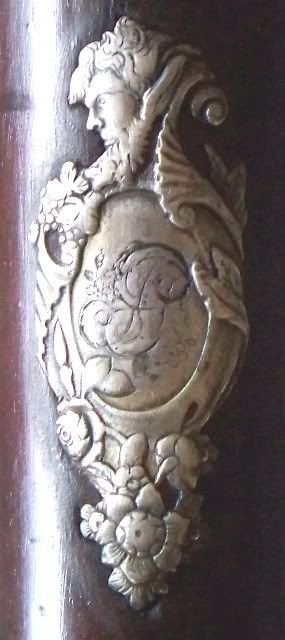



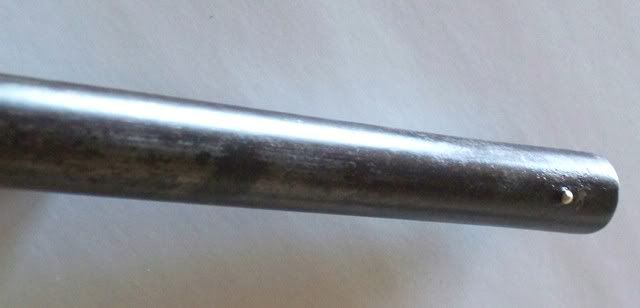
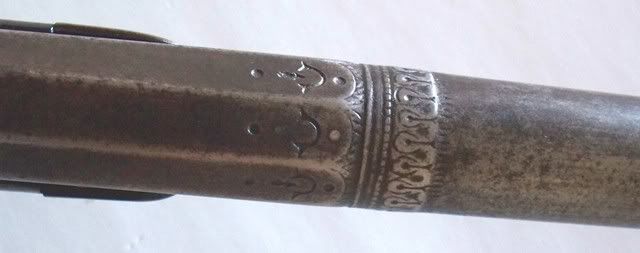


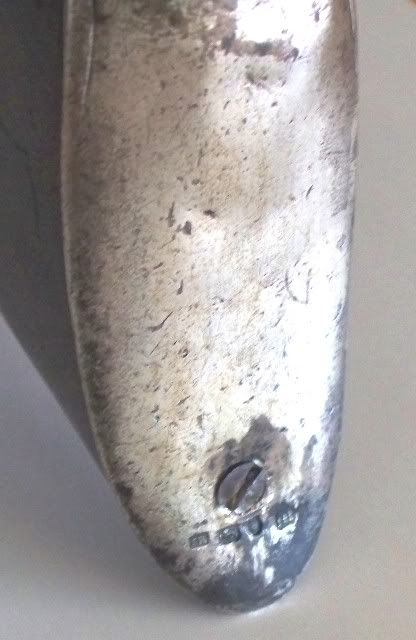
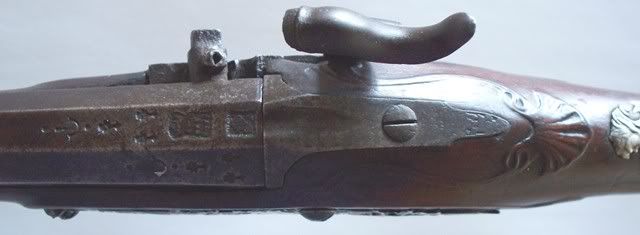


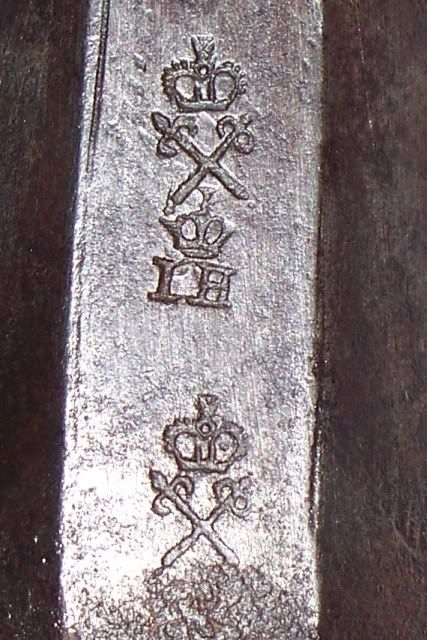
Does anyone have any further information on Eudal Pous of Barcelona and the dates he worked?


































